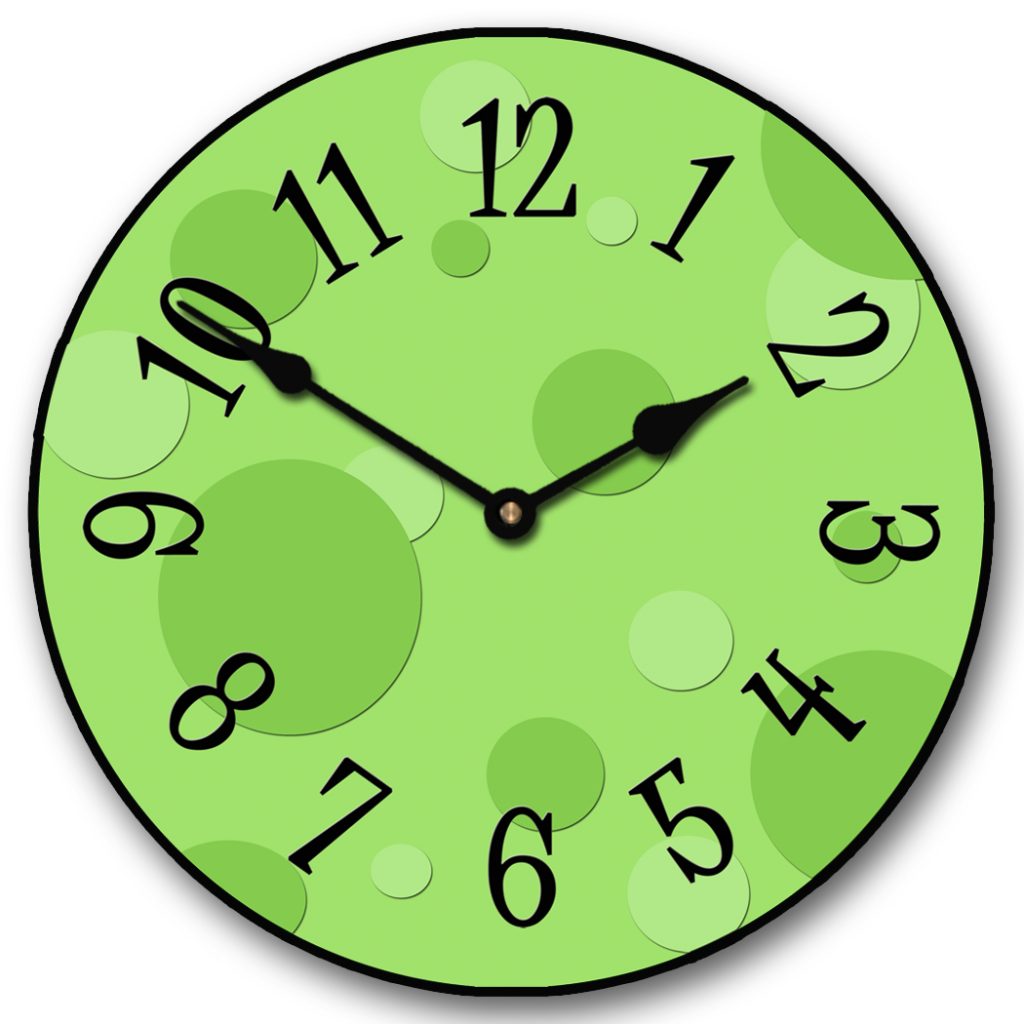
Many times we begin our workday already overwhelmed by the amount of tasks we need to take care of. However, before we know it, the day is half over and we now have double the list we started with – when we then reach the end and have no idea where the day went. It can be a frustrating end to the workday to realize you are leaving with more to do’s than you were able to complete. This doesn’t have to be the case! Below are few simple steps that can give you a starting point to stop wondering where each day went.
Start each day with a list. Considering what items to start with, it’s important to look at the priority of the tasks. Tasks that are urgent and important should come first, and then tasks that are important, but not as urgent should follow. If you have trouble determining what category your tasks should fall in, some things to consider are: Does it have a deadline? Will it affect other tasks if it’s not complete? It’s important to remember that if it’s urgent, it needs immediate attention and should be high on your list. After that, you should organize based on the time you know you have available for that day. It’s critical to recognize that there will be interruptions and allow for these within your schedule.
Once you have your day scheduled and begin working, you should start tracking the “reality” of your day. To do this you can use a time tracking system or something as simple as a spreadsheet. Each task you work on, each distraction, email, or whatever it may be should be documented with a short summary of what you did and the amount of time it took. It may seem daunting at first to do this, but once you begin you will start to see how it may help. It is important to do this with the end goal in mind, which ultimately is taking control of your day. Without tracking your day and knowing exactly where it went, it’s hard to truly understand where your time is spent (and when time got away from you!). It is good to do this for two solid work weeks. A month is ideal, but two weeks will give you a great start to understanding how your days are being spent.
After you’ve completed two weeks of documenting your workdays, spend some time reviewing what you have documented. It can help you determine a lot about what you’re doing and where your time is going. It will also be a good planning tool for the next list you make.
When you begin to make your list next time, you can review this and use it as a tool to help remind you that maybe on a specific day of the week, you seem to get more phone calls or interruptions than others or a task you had only been allowing an hour for actually takes closer to two hours each time. If by reviewing this you determine where your open times are, you can begin to make sure you put your important – but not as urgent – tasks in those slots since those have more flexibility on when they need to be completed.
So, the next time you feel overwhelmed and find yourself wondering where the time went, consider the possible change you could have in just two short weeks of time tracking. Sacrificing a little extra time for two weeks could help you take control of your work day for a very long time to come.
Happy tracking!
Danae Ring, Controller
Posted in Small Business Resources
